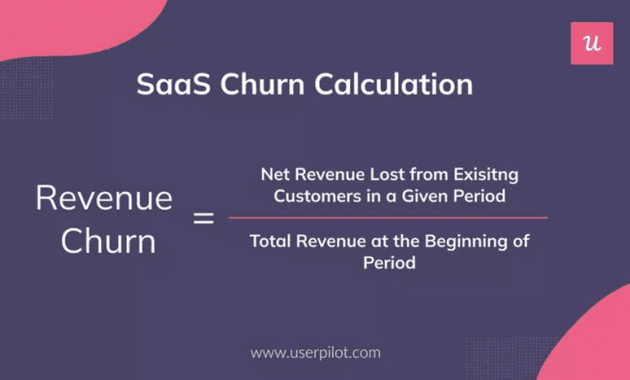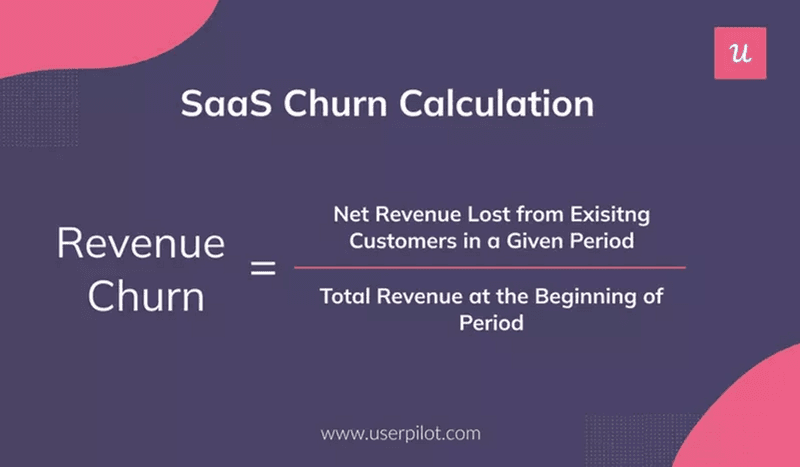
Unveiling Churn: How Business Intelligence Tools Identify and Mitigate Customer Risk
In the relentless pursuit of sustainable growth, businesses across all sectors grapple with a fundamental challenge: customer churn. This phenomenon, the rate at which customers cease doing business with a company, can be a significant drain on resources and profitability. However, armed with the right tools and insights, businesses can proactively identify and mitigate churn risk. This is where Business Intelligence (BI) tools become invaluable, transforming raw data into actionable intelligence.
This article delves into the power of Business Intelligence tools for churn risk identification. We will explore how these tools empower businesses to understand customer behavior, predict churn, and implement effective strategies to retain valuable customers. The focus will be on practical applications and real-world examples, providing a comprehensive understanding of how to leverage BI for a more resilient and customer-centric business model.
Understanding the Churn Landscape
Before diving into the tools, it’s crucial to understand the churn landscape. Churn isn’t just a single event; it’s a process influenced by various factors. These can range from price sensitivity and dissatisfaction with product or service quality to poor customer service and competitive pressures. Identifying these factors is the first step in combating churn.
Traditional methods of identifying churn, such as analyzing historical data and conducting customer surveys, often fall short. They may be reactive rather than proactive, and the data can be siloed across various departments. This is where Business Intelligence tools excel. They integrate data from multiple sources, providing a holistic view of the customer journey.
The Role of Business Intelligence Tools
Business Intelligence tools act as a central hub for data analysis and visualization. They collect, process, and analyze vast amounts of customer data, transforming it into easy-to-understand dashboards and reports. These tools empower businesses to:
- Identify Churn Drivers: Uncover the underlying reasons why customers are leaving.
- Predict Churn: Forecast future churn rates based on historical data and trends.
- Segment Customers: Group customers based on their churn risk profile.
- Measure the Effectiveness of Retention Strategies: Track the impact of implemented retention efforts.
By providing these capabilities, Business Intelligence tools enable businesses to move from a reactive to a proactive approach to churn management.
Key Features of BI Tools for Churn Risk Identification
Several key features are essential for Business Intelligence tools to effectively identify and mitigate churn risk:
Data Integration and Cleansing
The ability to integrate data from various sources is crucial. This includes data from CRM systems, marketing automation platforms, customer service interactions, and financial transactions. Data cleansing ensures the accuracy and reliability of the analysis.
Data Visualization
Effective data visualization transforms complex data into easily understandable charts, graphs, and dashboards. This allows businesses to quickly identify trends and patterns related to churn. Interactive dashboards allow for deeper exploration of the data.
Predictive Analytics
Predictive analytics uses statistical models and machine learning algorithms to forecast future churn rates. This allows businesses to proactively identify customers at risk of churning and take preventative measures.
Segmentation and Customer Profiling
Segmenting customers based on their churn risk allows businesses to tailor retention strategies to specific customer groups. Customer profiling provides a detailed understanding of each customer segment’s characteristics and behaviors.
Alerting and Reporting
Automated alerts notify businesses when a customer’s behavior indicates a high risk of churn. Comprehensive reports provide insights into churn trends and the effectiveness of retention efforts.
Implementing BI Tools for Churn Risk Identification: A Step-by-Step Guide
Implementing Business Intelligence tools for churn risk identification requires a strategic approach. Here’s a step-by-step guide:
Define Your Goals and Objectives
Clearly define your churn reduction goals and objectives. What is the target churn rate? What are the key drivers of churn you want to address?
Choose the Right BI Tool
Select a BI tool that meets your specific needs and budget. Consider factors such as data integration capabilities, predictive analytics features, and ease of use. [See also: How to Choose the Right BI Tool]
Gather and Prepare Your Data
Collect and prepare your data from various sources. Ensure data accuracy and consistency through cleansing and validation processes.
Build Your Dashboards and Reports
Create dashboards and reports that visualize key churn metrics, such as churn rate, customer lifetime value, and customer satisfaction scores.
Develop Predictive Models
Use the BI tool’s predictive analytics capabilities to build models that forecast future churn rates. Train the models with historical data and continuously refine them.
Analyze the Results and Take Action
Analyze the results of your churn analysis and identify the key drivers of churn. Develop and implement targeted retention strategies based on your findings. [See also: Customer Retention Strategies]
Monitor and Evaluate
Continuously monitor your churn rate and evaluate the effectiveness of your retention strategies. Make adjustments as needed based on your findings.
Real-World Examples of BI Tools in Action
Several companies have successfully used Business Intelligence tools to reduce churn and improve customer retention. Here are a few examples:
Telecommunications Company
A telecommunications company used a BI tool to analyze customer data, identifying customers at risk of churning due to high call costs and limited data plans. They then offered these customers personalized discounts and upgraded plans, resulting in a significant reduction in churn.
Subscription Service
A subscription service used a BI tool to analyze customer usage patterns and identify customers who were not actively using their service. They then sent these customers targeted emails with tips and tutorials, improving engagement and reducing churn.
E-commerce Retailer
An e-commerce retailer used a BI tool to analyze customer purchase history and identify customers who had not made a purchase in a certain period. They then sent these customers personalized offers and promotions, increasing repeat purchases and reducing churn.
Choosing the Right BI Tool: Key Considerations
Selecting the right Business Intelligence tool is a crucial decision. Several factors should be considered:
- Ease of Use: The tool should be easy to learn and use, with an intuitive interface.
- Data Integration Capabilities: Ensure the tool can integrate with your existing data sources.
- Predictive Analytics Capabilities: Look for a tool with robust predictive analytics features.
- Scalability: The tool should be able to handle your current and future data volumes.
- Cost: Consider the total cost of ownership, including software licensing, implementation, and training.
Future Trends in BI for Churn Risk Identification
The field of Business Intelligence is constantly evolving. Several trends are shaping the future of churn risk identification:
- Artificial Intelligence (AI) and Machine Learning (ML): AI and ML are being used to build more sophisticated predictive models and automate churn analysis.
- Real-Time Analytics: Real-time analytics allows businesses to identify and respond to churn risk in real-time.
- Personalized Customer Experiences: BI tools are enabling businesses to create personalized customer experiences that reduce churn.
- Cloud-Based BI Solutions: Cloud-based BI solutions are becoming increasingly popular due to their scalability and cost-effectiveness.
Conclusion: Empowering Businesses to Combat Churn
Business Intelligence tools are indispensable for businesses seeking to understand and mitigate customer churn. By leveraging the power of data analysis, predictive analytics, and data visualization, these tools empower businesses to proactively identify at-risk customers and implement effective retention strategies. The ability to identify the root causes of churn, predict future trends, and tailor customer experiences is a significant competitive advantage. As Business Intelligence tools continue to evolve, their role in churn risk identification will only become more critical. Businesses that embrace these tools are better positioned to foster customer loyalty, drive revenue growth, and achieve long-term success. [See also: The Importance of Customer Loyalty]
Investing in the right Business Intelligence tools is an investment in the future of your business. By prioritizing customer retention, businesses can build stronger relationships, increase profitability, and create a sustainable competitive advantage. Understanding the power of Business Intelligence tools for churn risk identification is the first step toward achieving these goals.

